BCR156R
Dibenz[c,h]acridine
BCR®, certified reference material
Sign Into View Organizational & Contract Pricing
All Photos(1)
About This Item
Empirical Formula (Hill Notation):
C21H13N
CAS Number:
Molecular Weight:
279.33
Beilstein/REAXYS Number:
209259
MDL number:
UNSPSC Code:
41116107
PubChem Substance ID:
NACRES:
NA.24
Recommended Products
grade
certified reference material
agency
BCR®
manufacturer/tradename
JRC
technique(s)
HPLC: suitable
gas chromatography (GC): suitable
format
neat
storage temp.
2-8°C
SMILES string
c1ccc2c(c1)ccc3cc4ccc5ccccc5c4nc23
InChI
1S/C21H13N/c1-3-7-18-14(5-1)9-11-16-13-17-12-10-15-6-2-4-8-19(15)21(17)22-20(16)18/h1-13H
InChI key
BTVBCAKHMZHLFR-UHFFFAOYSA-N
Analysis Note
For more information please see:
BCR156R
BCR156R
Legal Information
BCR is a registered trademark of European Commission
signalword
Warning
hcodes
pcodes
Hazard Classifications
Carc. 2
wgk_germany
WGK 3
flash_point_f
Not applicable
flash_point_c
Not applicable
Choose from one of the most recent versions:
Certificates of Analysis (COA)
Lot/Batch Number
Sorry, we don't have COAs for this product available online at this time.
If you need assistance, please contact Customer Support.
Already Own This Product?
Find documentation for the products that you have recently purchased in the Document Library.
Customers Also Viewed
Myriam Coulet et al.
Toxicology in vitro : an international journal published in association with BIBRA, 59, 281-291 (2019-05-06)
Nitrogen-containing polycyclic aromatic hydrocarbons (PANHs or azaarenes) are compounds structurally similar to PAHs (carbon substituted by a nitrogen) reported to occur at low levels in food. Although limited, literature may suggest possible higher toxicity than for PAHs. Using a battery
A H Conney et al.
Advances in experimental medicine and biology, 500, 697-707 (2002-01-05)
Chinese hamster V79 cells were exposed to a high or low concentration of the highly carcinogenic (R,S,S,R) or the less active (S,R,R,S) bay- or fjord-region diol epoxides of benzo[a]pyrene, benzo[c]phenanthrene or dibenz[c,h]acridine. Independent 8-azaguanine-resistant clones were isolated, and base substitutions
Our team of scientists has experience in all areas of research including Life Science, Material Science, Chemical Synthesis, Chromatography, Analytical and many others.
Contact Technical Service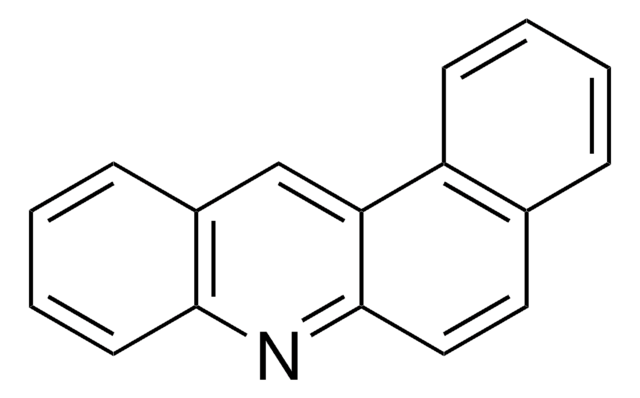
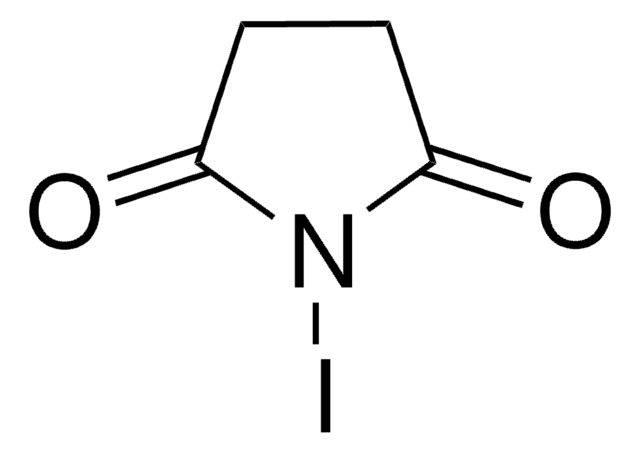
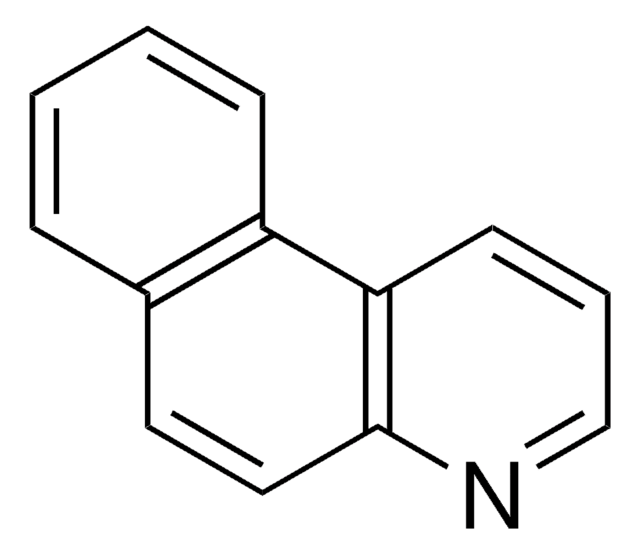
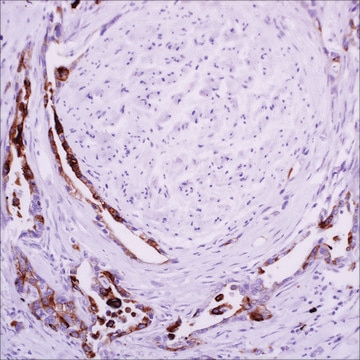
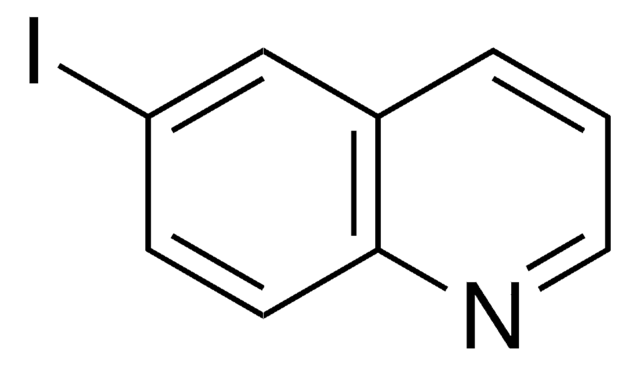
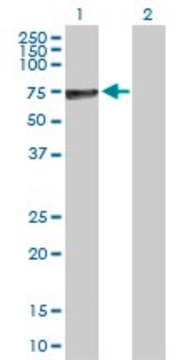
![Benz[c]acridine BCR®, certified reference material](/deepweb/assets/sigmaaldrich/product/structures/224/955/1a436ba6-6883-4b61-a4a9-24ba1c3f8acc/640/1a436ba6-6883-4b61-a4a9-24ba1c3f8acc.png)
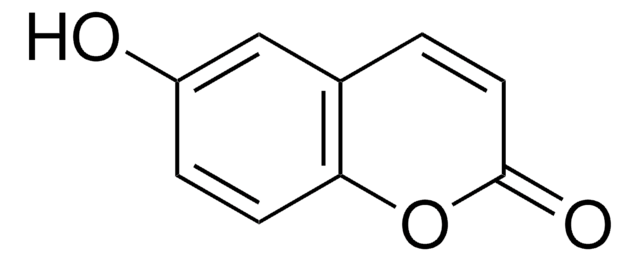
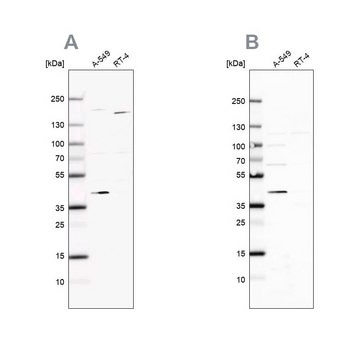


![Benzo[h]quinoline 97%](/deepweb/assets/sigmaaldrich/product/structures/344/715/928932d2-4ca4-4402-b56c-85a80100ce17/640/928932d2-4ca4-4402-b56c-85a80100ce17.png)